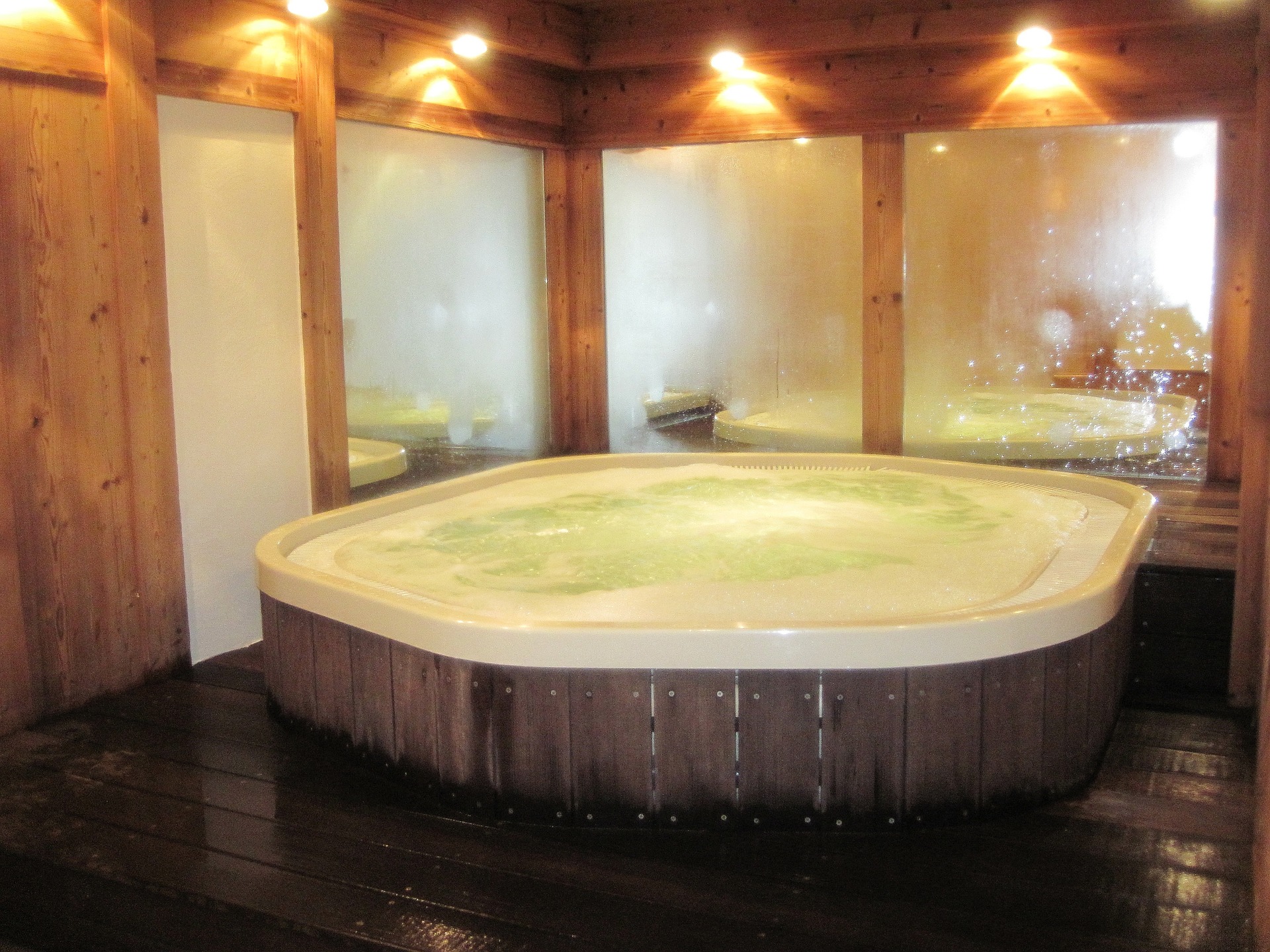How to Finance a Home Spa: Hot Tub & Jacuzzi Loans
Thinking about adding a Jacuzzi or hot tub to your home but unsure how to pay for it? This guide explains hot tub financing, from personal loans and dealer programs to home equity and promotional credit cards. Learn payment options, budgeting tips, and how to protect your investment so you can enjoy a home spa without unexpected financial strain.

A backyard hot tub or indoor Jacuzzi can transform everyday living into a spa-like experience, but the upfront cost often requires careful financial planning. This article breaks down common payment methods, compares loan types, highlights popular financing sources, and offers budgeting strategies so you can choose the best way to fund your home spa while protecting your finances.
Common Payment Options for Hot Tub Purchases
When financing a hot tub, you have several paths to consider. Each choice carries different interest rates, repayment terms, and qualification standards:
- Personal loans from banks or credit unions: Unsecured loans that typically offer fixed monthly payments. Rates depend on credit score and lender.
- Manufacturer financing programs: Many hot tub makers partner with lenders to provide promotional rates or deferred-interest offers to buyers.
- Home equity loans or lines of credit (HELOCs): Use built-up home equity as collateral to access lower interest rates and longer terms.
- Credit cards with promotional rates: Some cards offer 0% APR introductory periods or special purchase financing but may revert to high rates afterward.
- In-house dealer financing: Retailers sometimes provide their own financing or work with local partners to create tailored payment plans.
Each option should be weighed for total cost, monthly affordability, and risk exposure (for example, secured loans use your home as collateral).
Home Improvement Loans vs Traditional Financing
Home improvement loans and other mortgage-related financing can be attractive because they often come with lower interest rates than unsecured alternatives. Home equity loans and HELOCs generally treat a hot tub as a property improvement, which may result in better terms and longer repayment windows. However, that advantage comes with a trade-off: you typically secure the loan with your home.
Traditional financing like personal loans or credit card purchases can be faster and require no collateral, but they usually carry higher interest rates. Promotional manufacturer financing can offer excellent short-term rates—sometimes even 0% for a set period—but you must understand the terms, including what happens when promotional periods end or if you miss a payment.
Before committing, calculate the total cost over the life of the loan, not just the monthly payment. Consider how long you plan to keep the hot tub and whether the financing terms make sense given your credit, income stability, and long-term home plans.
Popular Financing Programs and Providers
| Provider Type | Typical APR Range | Loan Terms |
|---|---|---|
| Dealer Financing | 0-17.99% | 12-84 months |
| Personal Loans | 6-36% | 12-60 months |
| Home Equity | 4-8% | 5-30 years |
| Credit Cards | 15-25% | Varies |
Prices, rates, or cost estimates mentioned in this article are based on the latest available information but may change over time. Independent research is advised before making financial decisions.
Smart Budgeting for Your Home Spa Investment
A clear budget protects you from surprise costs beyond the sticker price. In addition to monthly payments, include these recurring and one-time expenses in your calculations:
- Long-term maintenance and service plans: Regular cleaning, filter replacements, and occasional repairs add up over time.
- Energy consumption: Higher-efficiency models reduce operating costs, so compare energy ratings.
- Insurance and liability: Check whether your homeowner’s policy covers a hot tub and whether premiums may increase.
- Installation and site prep: Decking, electrical work, permits, and foundation work can substantially increase the initial outlay.
- Warranty coverage: Longer or more comprehensive warranties reduce out-of-pocket repair costs but may influence your choice and budget.
Run scenarios for best- and worst-case expenses and determine what monthly payment is truly manageable. Avoid financing terms that stretch beyond the expected useful life of the spa; shorter loan terms often save on interest even if monthly payments are higher.
Maximizing Value and Return on Investment
While most buyers view a hot tub as a lifestyle upgrade rather than a financial investment, a well-chosen, properly installed unit can add to your home’s appeal. To maximize value:
- Choose energy-efficient models and insulate properly to lower operating costs.
- Opt for professional installation to avoid future repair expenses and to protect warranty coverage.
- Keep up with routine maintenance and use protective covers to extend the equipment’s lifespan.
- Retain documentation of service and upgrades to show prospective buyers the unit was well maintained.
Although direct ROI varies by market and property type, reduced operating expenses and good upkeep can help preserve value and, at times, sway buyers during resale.
Making the right financing decision for a hot tub means balancing immediate desire with long-term financial health. Compare all available options, read the fine print of promotional offers, and include total ownership costs in your evaluation. If you’re unsure which route suits your situation, consult a financial advisor to assess risks and benefits tailored to your household. With prudent planning, you can enjoy a luxurious home spa without compromising your financial stability.






